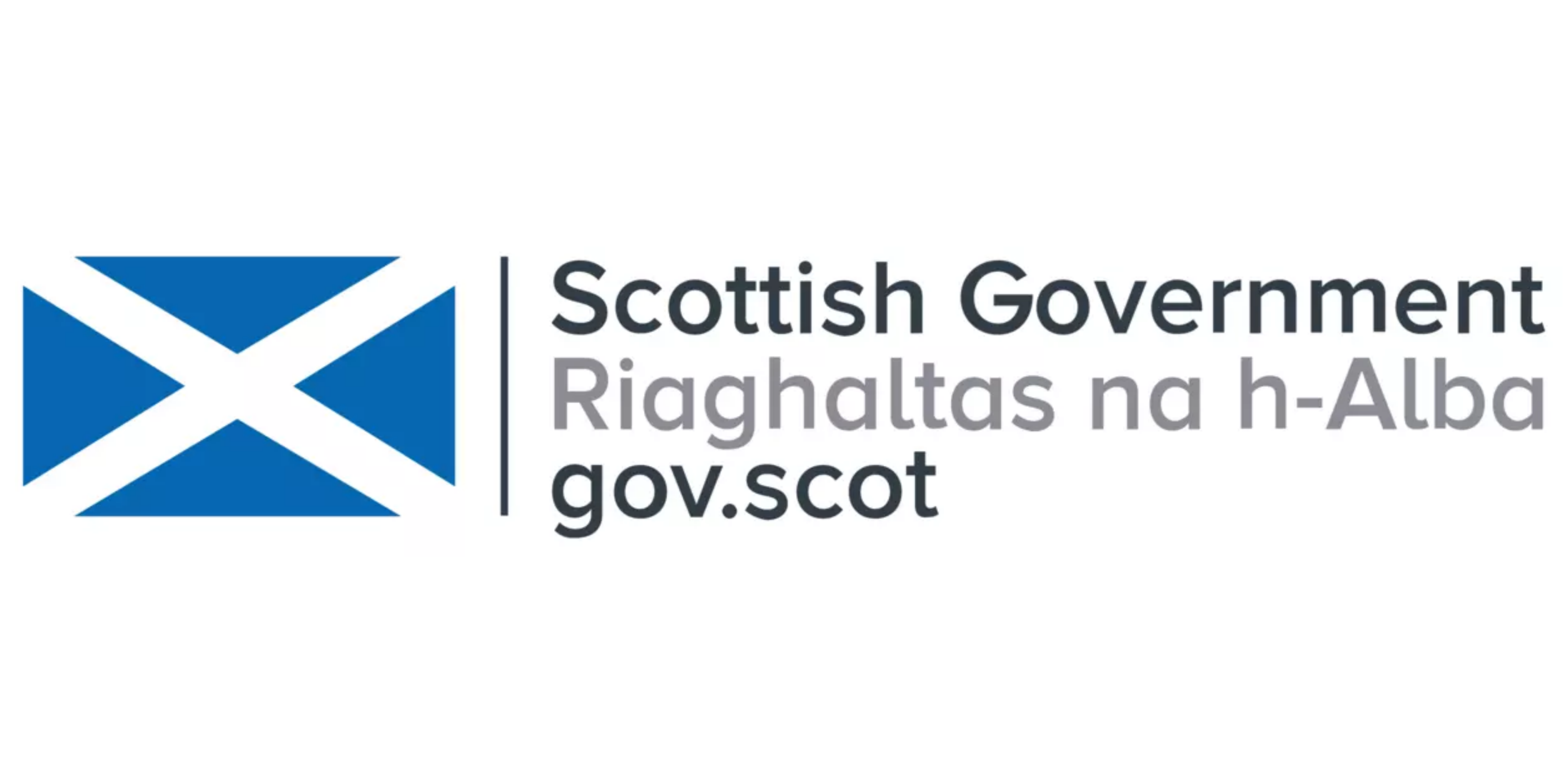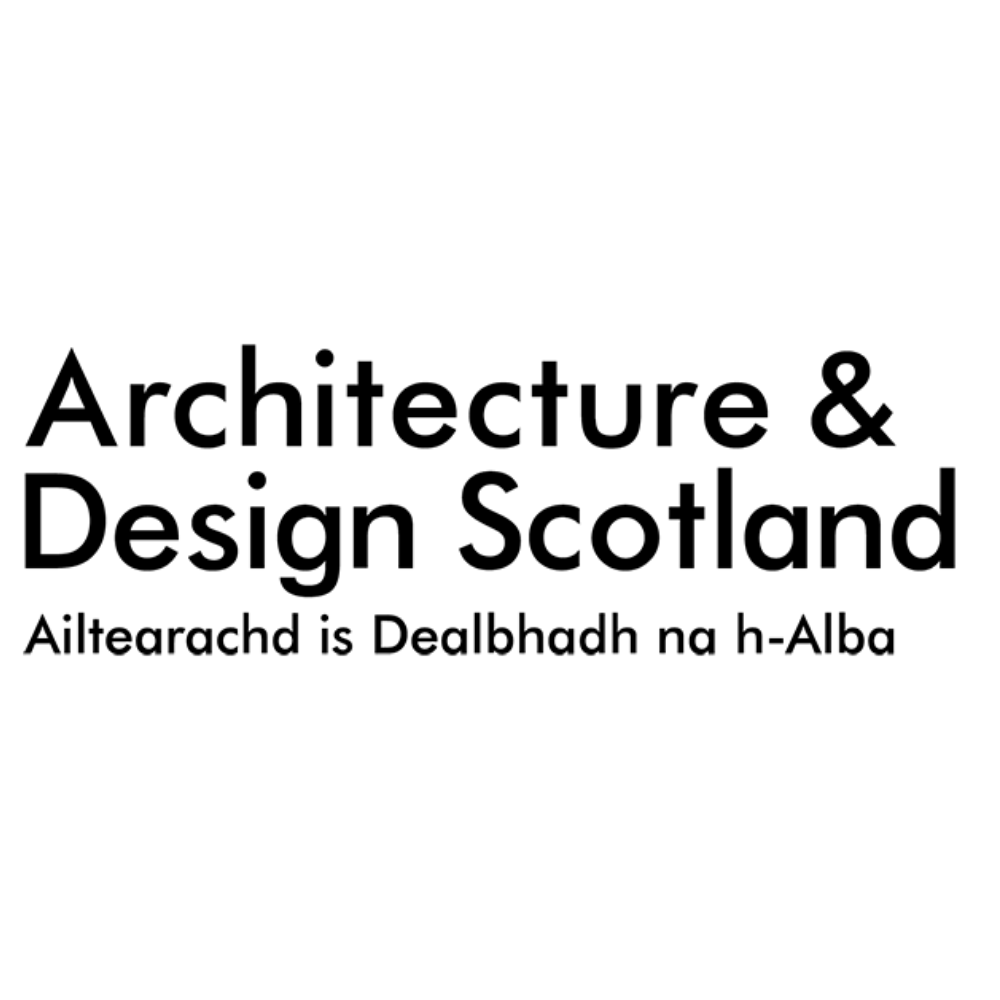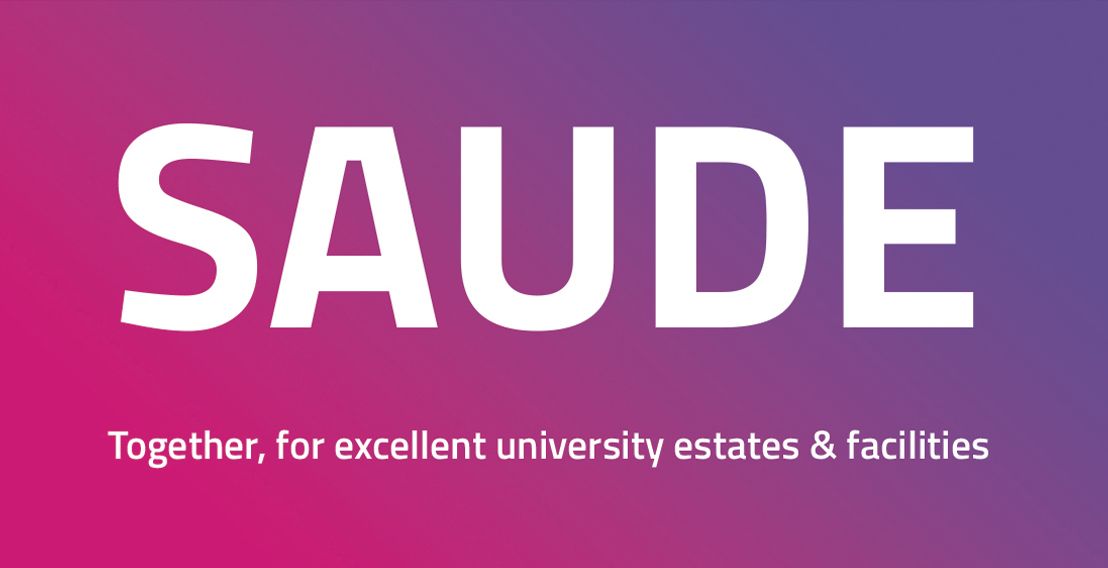Suitable - Day 1
The theme of this session was “suitability” which included three presentations. The first discussed a brief for well-being, presented by representatives from Scott Brownrigg Architects and the-learning-crowd. The second reviewed progress on a Knowledge Transfer Partnership, presented by representatives from TODD Architects and Queen’s University in Belfast. The final presentation was on a Shared and Agile Learning Space Design Toolkit presented by Professor Coyle from the University of Edinburgh.
A wellbeing Brief for Schools
In 2020, Scott Brownrigg and the-learning-crowd held a virtual roundtable, including the UK’s Department for Education, local authorities and teachers to discuss a brief for well-being and what this would comprise. Its three takeaway themes were the outdoors, inclusion and community connectivity. Fast forward a year, now that the basis of the brief has been formed, Scott Brownrigg and the-learning-crowd included young people in their research in order to test the brief. They found that in Scotland, in particular, the ‘place’ principle resonates with young people whereby they feel agency and ownership of their surroundings. Other findings indicated the brief should include spaces where skills can be developed to enhance communities; safe environments that support well-being; and spaces that promote positive relationships.
Young people – and their parents – communicated that learning isn’t just about formal exams, it’s about providing opportunities to take responsibility to make a positive difference, and develop life and interpersonal skills across a variety of settings to do so (the home, the community and internal and external school spaces).
Can we help with social and emotional well-being in schools as architects?
Whether it’s on a local or global level, every town and city has a diverse population. In the context of Northern Ireland, a large factor of this comes down to religion: only 7% of Northern Irish schools are integrated, with the remaining 93% being either Protestant or Roman Catholic.
A Knowledge Transfer Partnership (KTP) is a mutually beneficial collaboration between a graduate, an organisation and a university or research institution. Taking advantage of this KTP option, Queen’s University and TODD Architects collaborated to tackle Northern Ireland’s divided population challenges. A flexible design toolkit was developed to respond to a range of social, psychological and academic needs to bring communities together. This partnership started in 2015 and has since contributed to a variety of projects throughout Northern Ireland. The basis of the design brief follows Maslow’s Hierarchy of Needs (1943). The hierarchy ascends from basic physiological needs (e.g. water, shelter), safety needs (e.g. health, personal security), love and belonging (e.g. social connection), esteem (e.g. respect, freedom, self-esteem), and self-actualisation (i.e. the “desire to become the most that one can be”).
One project that was discussed was Omagh Integrated Primary School, Nursery and Pre-School in Ulster; an area in which religion hugely divides its population. Having this integrated school has provided a platform where children from all over the community, regardless of their religious or political background, can grow, collaborate and learn. The spatial design of the project fosters spaces for social interaction as well as learning environments that support well-being and ultimately attainment.
Inspiring Spaces Inspiring Classrooms: Introducing the Pedagogic Toolkit
Learning is more than a cognitive ability; it is physical, virtual and social too. To deliver a suitable learning environment collaboration is key; the University of Edinburgh, the City of Edinburgh Council and Architecture and Design Scotland teamed up to create a design toolkit. The toolkit invites teachers and pupils to work together to develop lesson plans and determine not only how but also where learning takes place. The basis of the toolkit is to improve the quality of learning and transform “well-being” into “well learning”. The toolkit contains five symbols: the campfire (i.e. a collaborative area), the cave (i.e. independent learning), the watering hole (i.e. a supportive space), fields (i.e. to experiment with ideas), and the mountain top (i.e. a space that promotes well-being and positivity). Learners and teachers discuss the tasks for the day, then through using the symbols reconfigure the space to support the activity and individual learning needs. At first it was thought that this would only be applicable to primary school age children, but it has since been embraced by secondary school pupils and learning support teachers as well.
As we emerge from Covid-19, our learning spaces need to continuously adapt to remain suitable to meet the needs of our learners, for example taking into consideration well-being and advancements in the digital arena. As Professor Coyle summed up in her presentation: “Spaces should not determine learning; they should be part of learning”.




.png)
.png)
.png)

